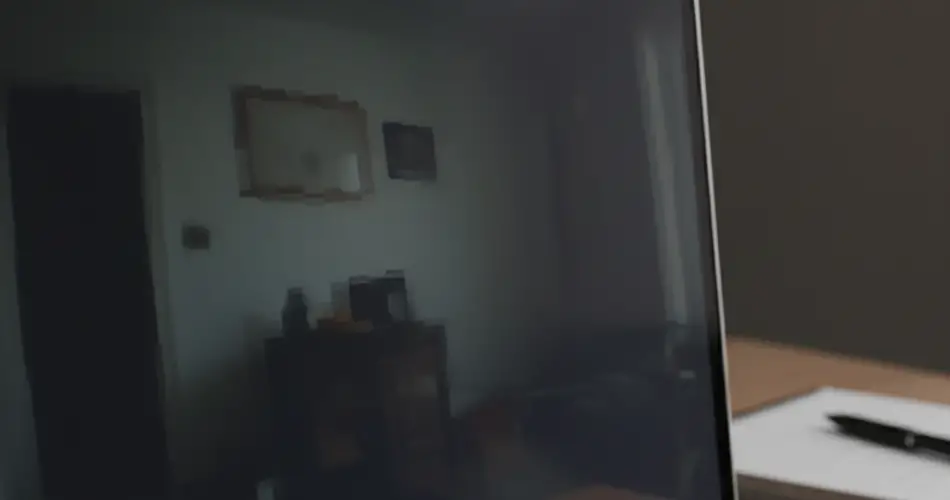In today’s digital age, personal computers have become essential tools for work, communication, and entertainment. From storing sensitive documents to conducting financial transactions, our PCs hold a wealth of private information. However, as convenient as these devices are, they also present a potential risk: the possibility that someone, somewhere, is monitoring your activities. It’s not just a paranoid thought—spying and digital surveillance are very real threats, and there are subtle signs that can indicate your computer has been compromised.
One of the most common ways people get monitored is through malware or spyware. These programs are specifically designed to infiltrate your system and record your activity without your knowledge. Spyware can track keystrokes, capture screenshots, monitor websites you visit, and even access your webcam or microphone. While high-profile targets often receive media attention, ordinary users are not immune. Attackers frequently exploit security vulnerabilities in operating systems or software to install spyware silently, leaving the user unaware.
A key detail that can indicate you’re being monitored is unexpected behavior on your PC. This might include sudden slowdowns, programs opening or closing on their own, unusual network activity, or unexpected pop-ups. While these issues can also be caused by hardware or software glitches, if they occur consistently, it may suggest that an external entity is accessing your system. For example, if your cursor moves without your input or files are altered mysteriously, it could be a sign of remote control software running in the background.
Unusual network activity is another critical warning sign. Many forms of spyware and malware communicate with servers controlled by attackers to send stolen data or receive instructions. If your internet connection is active even when you are not using your computer, or if your data usage suddenly spikes without explanation, it might be worth investigating further. Tools such as network monitors or firewalls can help detect suspicious traffic and alert you to potential intrusions.
Another subtle indicator is unexpected security alerts or login notifications. Many online accounts and operating systems now alert users when a device logs in from a new location or unusual IP address. If you receive such notifications without initiating any action, it may suggest that someone has gained unauthorized access to your accounts or even your entire system. Ignoring these alerts can leave your personal information vulnerable to theft or misuse.
Sometimes, monitoring can also be physical or hardware-based. Tiny devices or modifications, often referred to as “hardware keyloggers,” can be attached directly to your PC without visible signs. These devices record keystrokes and send the data to remote attackers. While less common than software-based monitoring, hardware intrusions are particularly difficult to detect and require careful inspection of ports and connections to ensure no unauthorized devices are present.
The implications of being monitored are significant. Spies or hackers can access sensitive personal information, financial details, or confidential communications. Beyond personal risks, businesses and organizations may face corporate espionage, where confidential strategies or intellectual property are stolen. In extreme cases, monitored systems have been used to launch further attacks, making it not only a privacy issue but a security concern with potentially serious consequences.
So what can users do to protect themselves? The first step is vigilance. Pay attention to small but unusual details: strange computer behavior, unexpected notifications, or unrecognized software installations. Regularly updating your operating system, antivirus software, and applications is also critical, as many attacks exploit outdated software vulnerabilities. Using strong, unique passwords, enabling two-factor authentication, and regularly checking account activity can prevent unauthorized access to online accounts.
Additionally, running regular malware scans and using reputable security tools can detect spyware before it causes damage. For more advanced users, monitoring network traffic and reviewing active processes can uncover hidden programs. Physically inspecting your device for unusual attachments or tampering adds another layer of security.
In conclusion, while the idea of being watched through your PC may seem alarming, awareness and proactive measures can significantly reduce risk. Noticing small details—unusual behavior, unexpected notifications, or unexplained network activity—can alert you to potential monitoring before it escalates. In an age where digital privacy is increasingly under threat, staying informed and cautious is not just advisable; it’s essential. Your computer is a powerful tool, but it’s also a potential target, and recognizing these subtle warning signs is the first step to keeping your information—and yourself—safe.



